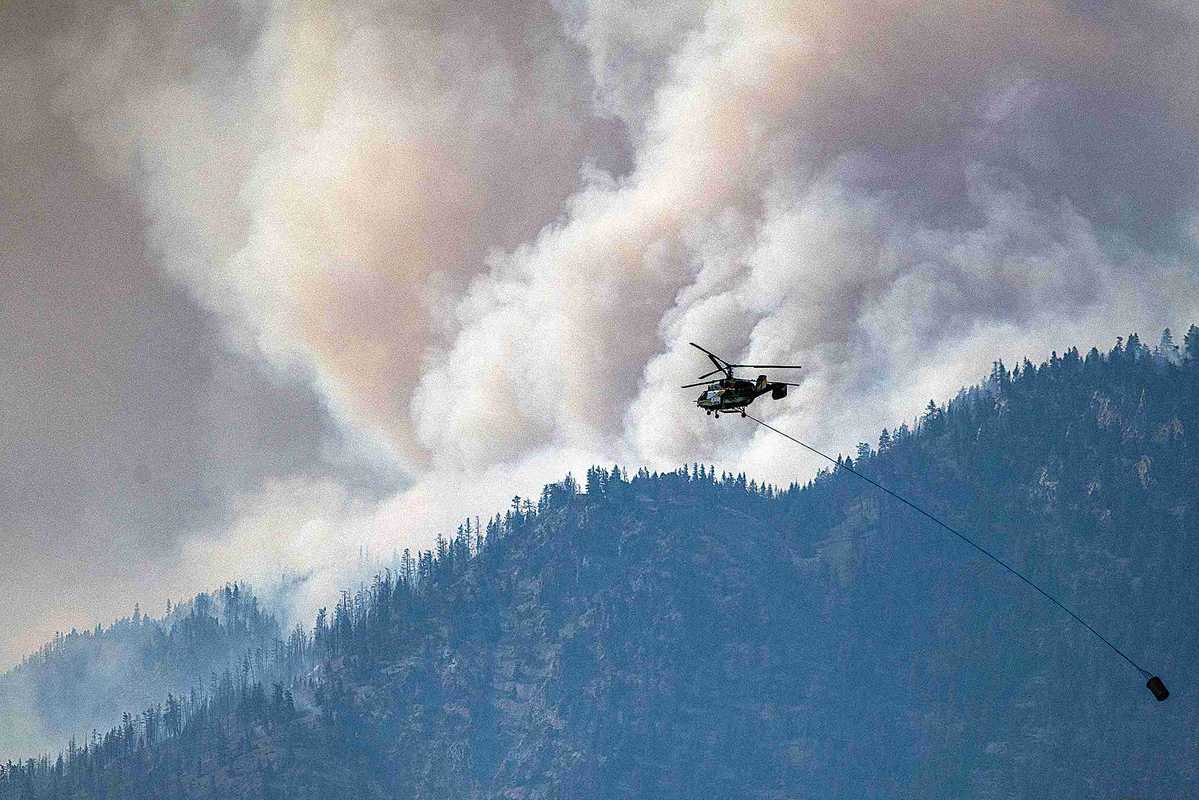Wildfires bring home global threat


"People are exhausted because there's kind of been mentally no real break. It's been one worry right after the other," Mark said from her home in Kamloops, BC, a larger city deeper into the interior, early last month.
"There's been travel restrictions because of the fires. The people haven't been able to escape, so there's been no holidays.
"We were breathing smoke for almost eight weeks. It's not smoky anymore. We can finally, for the first time just this last week, we've been able to breathe fresh air and we can see across the valley."
South of the border, huge fires are also burning in the United States. The Caldor Fire in California destroyed more than 81,000 hectares of forests and forced the evacuation of tens of thousands, and, as the summer holiday was ending at the end of August, it rapidly approached Lake Tahoe, which was on alert. The entire Lake Tahoe Basin, a unique landscape, is being changed by the fires.
Meanwhile, the Dixie Fire, also in California, had grown to more than four times the size of Caldor. By Sept 13, it had grown to more than 388,500 hectares.
Wildfires in the Northern Hemisphere continued through last month, until rains helped bring them under control.
Unusually and intensely high temperatures this year also sparked wildfires in Turkey, Greece and Italy. Sicily, in the south of Italy, recorded a temperature of 48.8 C in mid-August.
Just as those fires began cooling off, the Southern Hemisphere has started lighting up.
The Amazon rainforest is getting destroyed bit by huge bit every year and the fire season there is just beginning because the seasons are reversed, with summer in the South just beginning as fall and winter begin in the North.
Last year more than 2,500 fires burned in the Brazilian Amazon alone, more than 41 percent in standing forest, a new trend. So far this year, more than 1,000 large fires have already burned and 2021 appears to be on track to be as bad as last year.
























